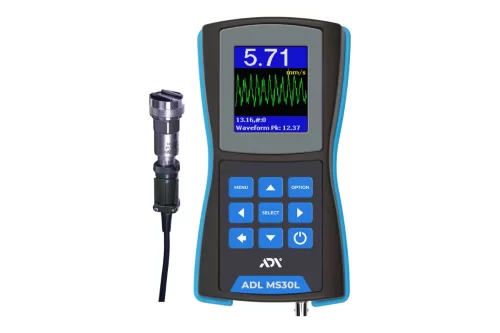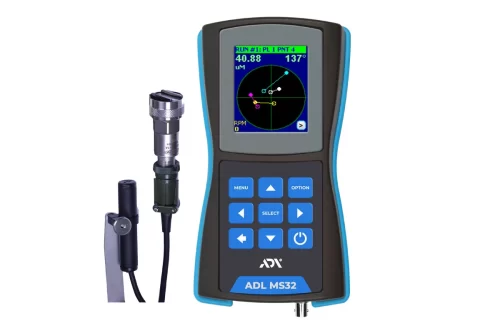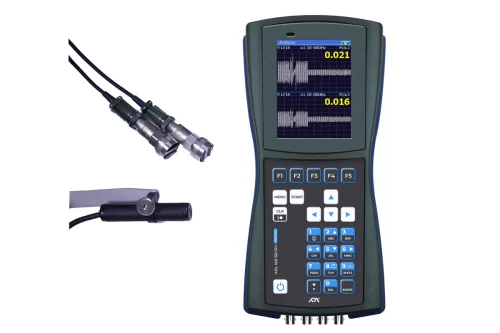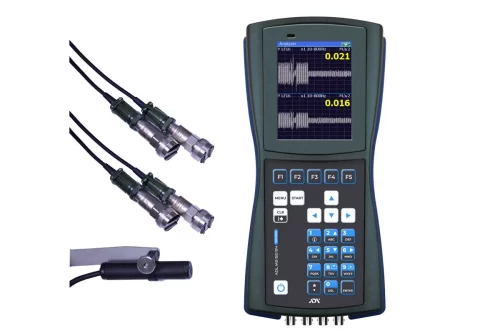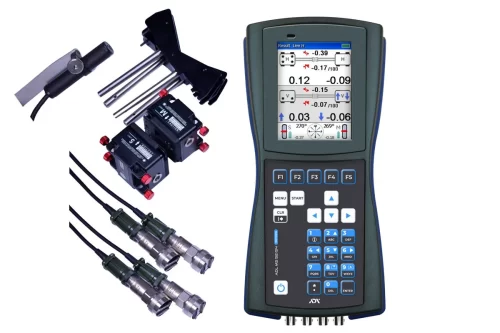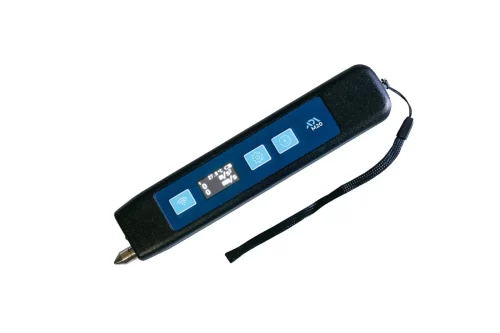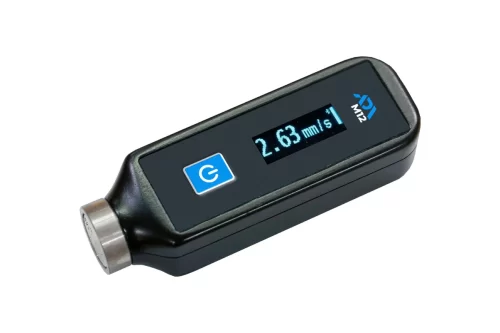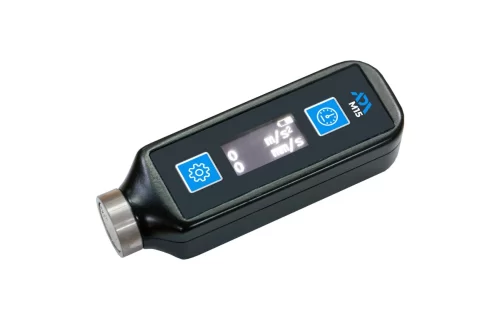Vibration Diagnostics
Showing all 11 results
Vibration diagnostics is a process used to analyze and interpret vibration signals from machinery and structures to assess their condition and identify potential issues or faults. It’s commonly employed in industries such as manufacturing, automotive, aerospace, and power generation to monitor the health of critical equipment and prevent unexpected failures. Here’s an overview of the key aspects of vibration diagnostics:
- Data Acquisition: Vibration data is typically collected using specialized sensors such as accelerometers, which measure acceleration, velocity, or displacement of the vibrating object or structure. Data can be collected continuously or periodically depending on the monitoring requirements.
- Signal Processing: Raw vibration data is processed to extract meaningful information. This involves techniques such as Fourier analysis to decompose the signal into its frequency components, allowing identification of specific vibration frequencies associated with different machinery faults (e.g., unbalance, misalignment, bearing defects).
- Feature Extraction: Relevant features are extracted from the vibration signal to characterize the machinery’s condition. These features may include amplitude, frequency, phase, and statistical parameters such as RMS (root mean square) values.
- Fault Detection and Diagnosis: Analyzing the extracted features allows for the detection and diagnosis of potential faults or abnormalities in the machinery. Different fault types exhibit distinct vibration signatures, enabling trained analysts or automated systems to identify the root cause of issues.
- Trend Analysis: Monitoring changes in vibration signatures over time enables trend analysis, which can indicate the progression of faults or degradation in machinery condition. Trending helps in predicting potential failures and scheduling maintenance proactively.
- Diagnostic Tools: Various diagnostic tools and software packages are available to aid in vibration analysis. These tools often provide visualization capabilities, spectral analysis, trend monitoring, and diagnostic algorithms to facilitate efficient data interpretation.
- Condition Monitoring Systems: Integrated condition monitoring systems continuously monitor vibration signals from multiple assets and provide real-time insights into machinery health. These systems can trigger alarms or alerts when anomalies are detected, allowing maintenance personnel to take corrective actions promptly.
- Maintenance Planning: Vibration diagnostics plays a crucial role in condition-based maintenance (CBM) strategies, where maintenance activities are scheduled based on the actual condition of the equipment rather than fixed time intervals. This approach optimizes maintenance resources and minimizes downtime.
By leveraging vibration diagnostics effectively, organizations can improve equipment reliability, extend asset lifespan, reduce maintenance costs, and enhance overall operational efficiency. It’s an essential tool in modern asset management practices, enabling proactive maintenance and minimizing the risk of unexpected failures.
Buy Vibration Diagnostics products in Uzbekistan, in Tashkent


